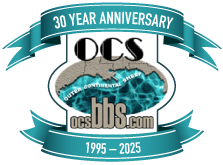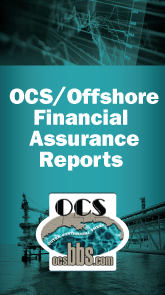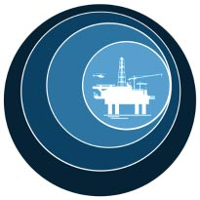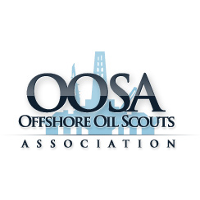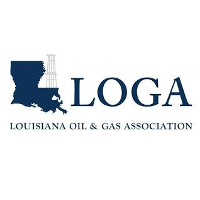Accidents on the OCS Involving Drilling Rigs, Derrick Barges, Pipeline Lay Barges, and Anchor-handling Vessels
Effective Date: 3/9/1994
 | Minerals Management Service Gulf of Mexico OCS Region |
Notice No. 162
March 9, 1994
Accidents on the OCS Involving Drilling Rigs,
Derrick Barges, Pipeline Lay Barges,
and Anchor-handling Vessels
Two recent incidents have occurred in which jack-up drilling rigs being moved onto location caused pipeline damage. The legs of the drilling rigs were lowered while the rigs were still some distance away from the target locations. With their legs lowered to control rig drift due to weather conditions and a lack of adequate tug horsepower, the rigs were moved across the pipelines, resulting in pipeline leaks.
These scenarios are not isolated incidents. Several years ago an anchor-handling vessel was trying to recover a lost anchor for a semisubmersible drilling rig. The personnel conducting the operation on the boat were not furnished an accurate plat depicting the location of a high-pressure gas pipeline which, in turn, was not properly marked. Consequently, the vessel snagged the pipeline with its grappling hook, resulting in the loss of several lives and an extensive pipeline repair.
To avoid this type of accident, Notice to Lessees and Operators (NTL) No. 80-5 was written and later revised as NTL No. 83-3. This active NTL requires the following:
1. A survey to determine the location of all pipelines and other hazards, including anchor patterns.
2. A plat prepared from the survey depicting the location of the proposed activity. Copies of the plat shall be provided to personnel involved in performing operations in the area.
3. All existing pipelines and other potential hazards located within 150 meters (approximately 490 feet) of the operation, including anchor patterns, should be buoyed.
Four steps should be taken to prevent recurrence of the type of accident described in the first two situations above:
1. The survey and resulting plat should have covered an area of 150 meters in the vicinity of the rig, from the point where the legs of the rig were first intended to be lowered, to the rig's final destination.
2. This plat should have been provided to key personnel on the drilling rigs.
3. Further, all pipelines in the prescribed vicinity, as well as the landing path and final surface location, should have been marked with buoys.
4. A rig move should not be attempted without adequate tug horsepower to control the movement of the rig; premature bottom contact with the rig legs at a potentially dangerous location should not be the method of controlling rig movement.
To conduct other operations safely, necessary information should be furnished to key personnel on derrick barges, pipeline-lay barges, and any anchor-handling vessels associated with any such operations, as appropriate.
NOTE: The operator of the lease is responsible for all operations conducted on their behalf on the lease. This responsibility includes furnishing all necessary information to various contractors who actually need it so that they may safely conduct operations for the lease operator. Further, the operator of the lease is responsible for conducting all necessary surveys and marking any associated hazards or reference locations.
